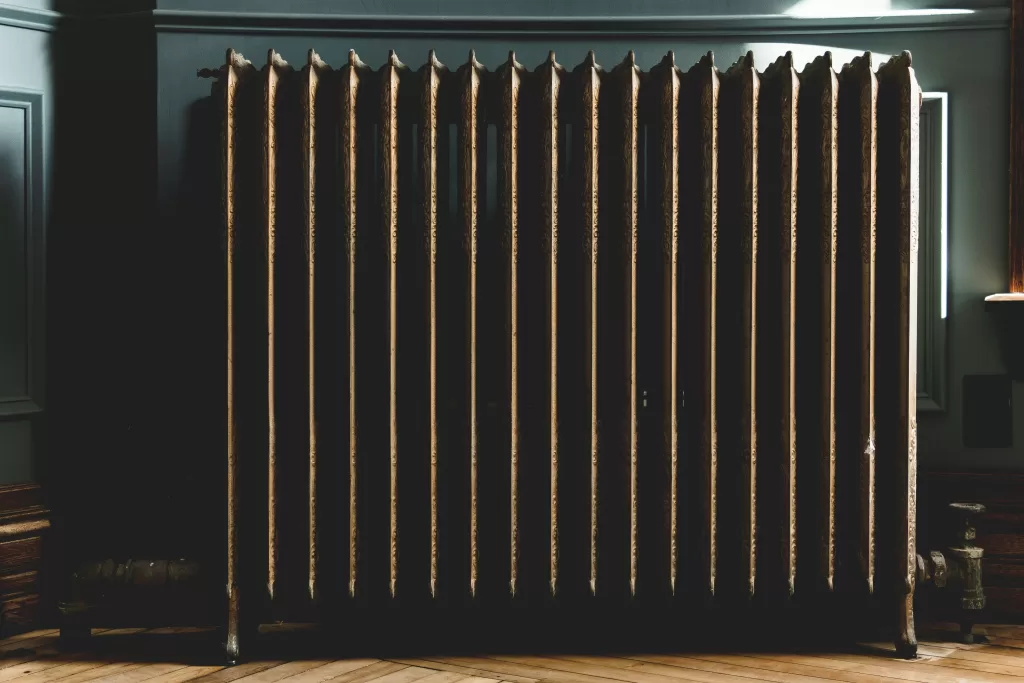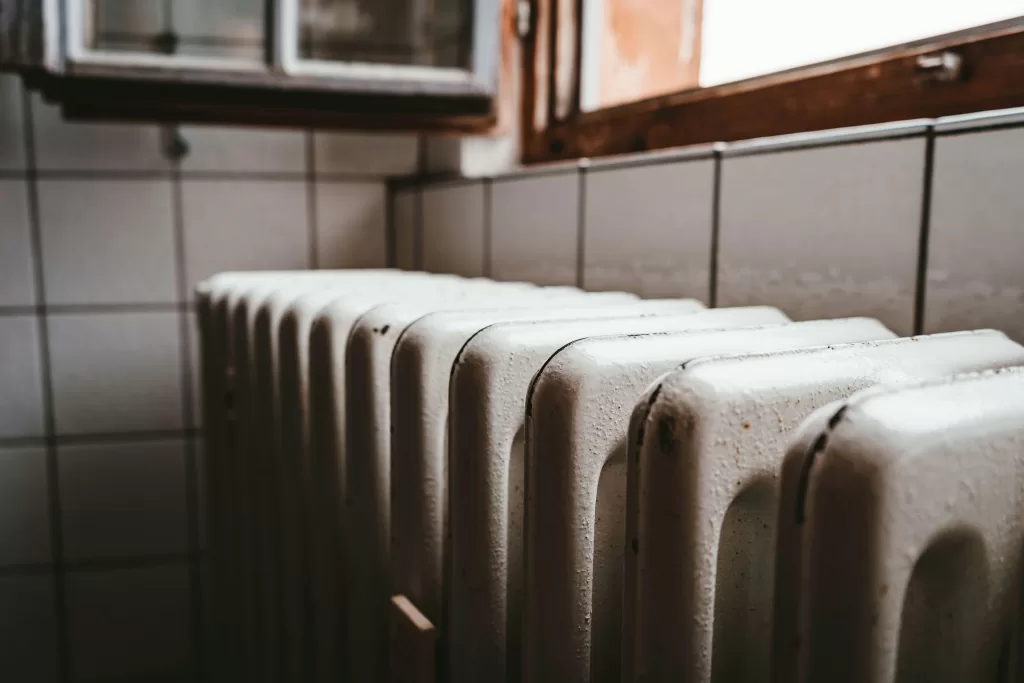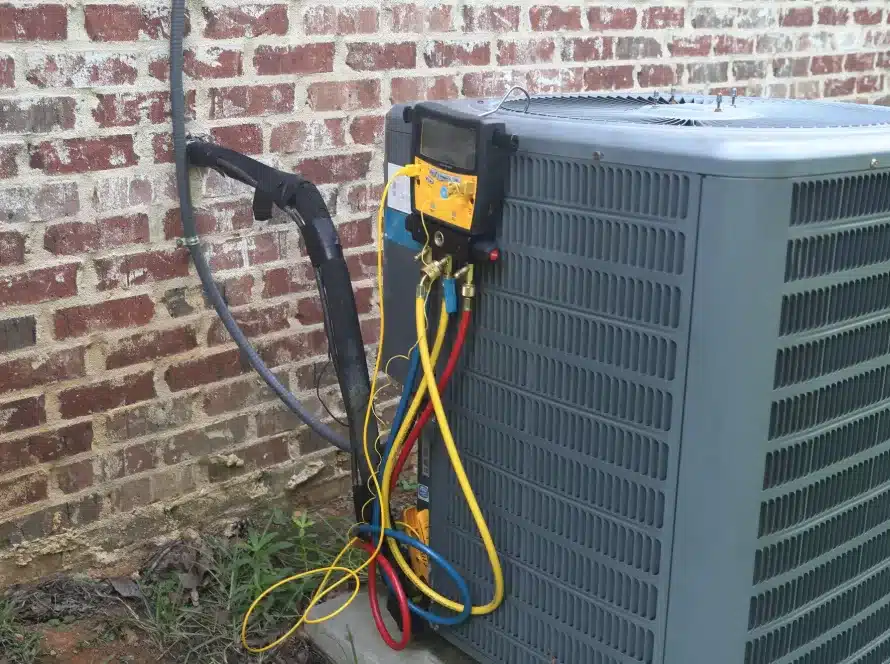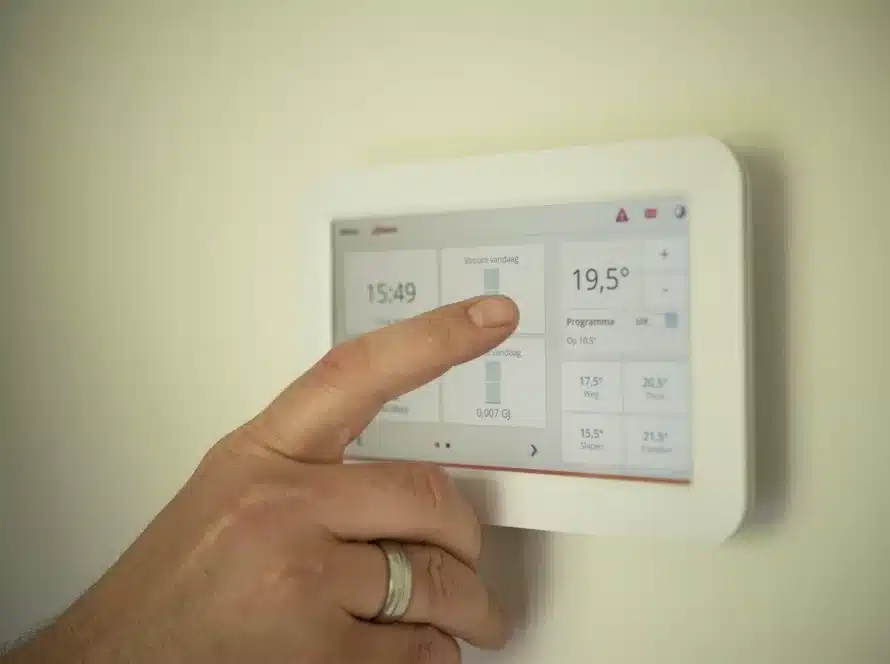You’re looking to heat up your home and you’ve heard baseboard heating might be the way to go. But how does it work? And what are the different types to choose from?
Today we’re walking you through the ins and outs of baseboard heaters, covering everything from the basic operation of electric and hydronic systems to their installation and maintenance.
Whether you’re considering an upgrade to your home heating system or just curious about how it works, you’re in the right place!
Understanding Baseboard Heating

Baseboard heating is a popular choice in many homes because it’s efficient and easy to install. There are two main types: electric baseboard heaters and hydronic baseboard heaters.
Electric baseboard heaters work by converting electricity into heat. As the electric current flows through the heater, it warms up a metal coil inside. This heat is then spread out into the room, warming it up.
These heaters are great because they’re simple to install and can be placed in almost any room. You just need access to electricity.
Hydronic baseboard heaters use water to heat a space. They have a series of pipes connected to a boiler. The boiler heats the water, and then it’s pumped through the pipes.
As the hot water moves through the system, it heats the metal pipes which in turn heat the air around them. This type of heating is efficient and can keep a room warm for a longer time, even after the boiler turns off.
People often choose baseboard heating for several reasons. It’s good at evenly heating a room without taking up much space.
Also, unlike forced air systems, baseboard heating doesn’t move dust and allergens around. This makes it a good choice for people with allergies.
Plus, you can control the temperature in each room, which can help save on energy bills.
How Baseboard Heaters Work
These heaters are designed to provide a consistent and comfortable level of warmth in your home, using either electricity or hot water. Let’s dive in with a little more detail on how each type works and what makes them effective at heating your space.
Electric Baseboard Heaters
Electric baseboard heaters are known for their simplicity and ease of use. They operate by drawing in cool air from the room through the bottom of the unit.
Inside, the air heats up as it passes over metal coils that become hot from electrical resistance. This warm air then rises into the room. And as it does, more cool air is drawn into the heater.
This creates a continuous flow of warm air that heats the room.
These heaters are usually installed under windows to counteract the cold air that can seep in. They’re a good choice for adding extra warmth to a room without needing to modify your existing central heating system.
Installation is straightforward because they require nothing more than a connection to the electrical system. They’re especially useful in rooms that are difficult to heat, offering a direct source of warmth that you can control independently from the rest of your home.
Hot Water Baseboard Heaters
Hot water baseboard heaters, also known as hydronic baseboard heaters, work on a different principle.
Instead of electricity, they use hot water to heat a room. This system involves a boiler that heats water to a high temperature. The hot water is then pumped through pipes that run along the baseboard of your walls.
As the hot water flows through these pipes, it transfers heat to the metal casing of the baseboard unit. The heat then radiates into the room.
One of the advantages of hydronic baseboard heaters is their efficiency. Once the water is heated, it retains heat well. This allows the system to keep a room warm for a longer period, even after the boiler shuts off.
This can make hydronic systems more cost-effective in the long run, especially in colder climates where consistent heating is necessary. Plus, these systems operate quietly, without the noise of fans or blowers. This makes them an attractive option for bedrooms and living areas.
Radiant Heating Explained
Both types of baseboard heaters use a form of radiant heating to warm up a space. This means they heat the objects and surfaces in a room directly, rather than just the air.
Radiant heating provides a comfortable warmth that doesn’t dry out the air or circulate dust, making it ideal for people with allergies or respiratory issues. It’s a gentle, effective way to maintain a comfortable temperature in your home throughout the colder months.
Installation and Maintenance
Getting a baseboard heating system up and running in your home involves some important steps. Whether you’re looking into electric or hydronic, each type has its own installation process and maintenance needs. Taking care of these systems properly ensures they run efficiently and last a long time.
Installation Process
Installing electric baseboard heaters is generally simpler than setting up a hydronic system. For electric heaters, you’ll need to decide where to place them. This will usually be under windows to combat cold drafts.
Then they need to be securely mounted on the wall and connected to your home’s electrical system. Because of the electrical work involved, it’s wise to have a professional handle the installation.
Hydronic versions require a bit more work because they need to be integrated into your home’s boiler system. This involves installing a series of pipes that connect the boiler to the baseboard units throughout your house.
The water heated by the boiler travels through these pipes, warming up the rooms. Due to the plumbing and heating knowledge required, professional installation is definitely recommended for hydronic systems.
Maintenance Tips
Once your baseboard heating system is installed, regular maintenance is key to keeping it running smoothly. For both types of systems, you should keep the heaters clear of dust and debris. This usually means vacuuming the units to prevent dust buildup, which can affect their efficiency and safety.
Electric baseboard heaters also need their electrical components checked periodically to avoid any issues. For hydronic systems, it’s important to check the water levels in the boiler and ensure the pipes are in good condition to prevent leaks or water damage.
Regardless of the type, all of these heaters should be inspected regularly to make sure they’re heating properly and not using more energy than necessary.
If you notice any problems, it’s best to call in a professional to take a look. Proper maintenance extends the life of your heating system. It also helps in reducing your energy bills by ensuring the system is working as efficiently as possible.
Efficiency and Cost-Effectiveness of Baseboard Heating
Electric baseboard heaters are known for their ability to heat rooms quickly. They convert almost all the electricity they use into heat, which makes them very efficient at the point of use.
But the cost of electricity can be high, so using these heaters as your primary heat source can lead to larger energy bills. This is especially true in colder climates or larger homes.
Hydronic baseboard heaters might take a little longer to heat up a space, but they’re excellent at maintaining warmth for extended periods.
This is because water retains heat longer than air, making hydronic systems more energy-efficient over time. They can be a more cost-effective option, particularly if your home is well-insulated and you’re heating it for many hours each day.
Cost Considerations

The initial setup cost for electric baseboard heaters is generally lower than that for hydronic systems. This is because electric heaters are simpler to install, requiring no complex plumbing work.
For homes without existing ductwork or a boiler, electric baseboard heaters can be a budget-friendly choice.
Hydronic systems have higher upfront costs due to the complexity of installation. But they often lead to lower operating costs over time.
The efficiency of water heating and the system’s ability to maintain temperature without constantly running means it can be more economical in the long run, especially in areas with high electricity rates.
Choosing between electric and hydronic baseboard heating depends on several factors, including your home’s size, insulation quality, and your heating needs.
While electric heaters offer a simple and quick solution for smaller spaces or supplementary heating, hydronic systems may be more suitable for larger homes or those looking for a primary heating solution with lower ongoing costs.
Both types offer a blend of efficiency and cost-effectiveness that can match different needs and preferences. By considering both the initial installation and the long-term operation costs, you can select a heating system that provides comfort without straining your budget.
Upgrading Your Home’s Heating System

Compare Quotes from Top-rated HVAC contractors in your area.
Both electric and hydronic baseboard heating systems offer a level of simplicity, efficiency, and adaptability. Whether enhancing a single room or warming an entire home, understanding baseboard heating can help you make decisions for a cozy, cost-effective living environment.
Not sure where to start? Alpha Living can instantly pair you with top-rated HVAC pros so you can compare options and save. Enter your zip here to find top-rated HVAC companies in your area and get free quotes!





Facebook
Comments